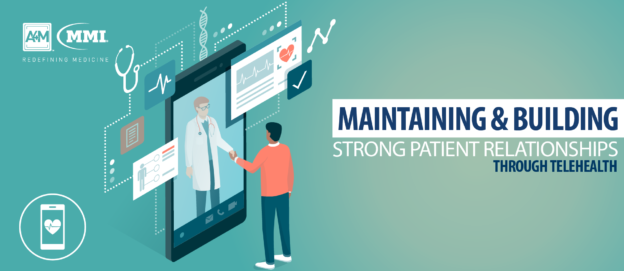There is a growing recognition of the importance of patient engagement as the key component of high-performing, cost-efficient healthcare systems which increase treatment adherence and self-monitoring as well as improve population health outcomes. Healthcare organizations who prioritize a strong team-based care infrastructure are better positioned to optimize patient engagement programming – broadly defined as the process of actively involving patients in their care and treatment decisions.
New research reveals that it is a relationship-based approach that builds trust and promotes patient autonomy, while organizational and administrative factors provide the foundation for such patient engagement. Organizations and health systems with provider champions, clear-cut staff duties, team performance improvement meetings, and staff dedicated to patient engagement tend to be more successful, according to findings published in the Annals of Family Medicine.
Optimizing Patient Engagement
The recent study aimed to identify specific organizational factors that were associated with a greater adoption of patient engagement care practices within Veterans Health Administration (VA) primary care clinics. At these locations, patient engagement efforts were centered on the Patient-Aligned Care Team (PACT) initiative, which leverages aspects of the patient-centered medical home model to deliver comprehensive and continuous team-based care to veterans.
Investigators evaluated the adoption of PACT protocols across the VA primary care clinic system by analyzing responses from a survey completed by 2,500 clinicians at over 600 locations across the nation. Their results revealed that respondents at high-performing clinics were more likely to report regular team meetings aimed at discussing performance improvement and dedicated leadership responsible for the implementation of PACT best practices. High performance was also associated with fully-staffed PACT teams and clearly defined staff roles.
Overall, healthcare organizations only modestly implemented the recommended patient engagement tactics as results indicated a significantly lowered adoption of motivational interviewing and self-management programming.
“Lower use of these practices may be related to clinicians’ perceptions that some elements of the patient-centered medical home may not be entirely relevant (or may be difficult to use) for particular groups of patients during visits,” the researchers explained.
Organizational Factors
Revealing the importance of organizational elements, the study emphasizes the need to create new patient-centered relationships – that were found most effective for promoting patient engagement among high-performing clinics.
“Team-based care is a key driver of the use of patient engagement care processes and may directly affect patients’ level of engagement,” the study’s authors wrote. “Factors related to patients, team members, and workload may moderate the influence of team-based care on use of patient engagement care processes.”
Clear staffing roles were tied to better adherence to PACT, including motivational interviewing and organizational programming. Team-based huddles were essential for communicating quality improvement data: “Improved team collaboration and coordination are necessary for practices to manage the increasing complexity and unpredictability of clinical care and to become more accountable for patient-centered outcomes,” the authors concluded.
Next Steps
The latest findings emphasize the need to prioritize organizational elements of healthcare practices and organizations in order to deliver care and achieve optimized patient engagement. Promoting fully-staffed facilities, identifying clearly defined roles of team members, more effective leadership, and a practice culture of performance improvement all may increase the efficacy of patient engagement initiatives and subsequently patient health outcomes.
While the team of researchers continues to examine the specific aspects of the patient-centered medical home model that most effectively improve engagement, the outlined organizational elements can be improved to better the functionality of primary care teams and enhance patient engagement in the medical care process.



